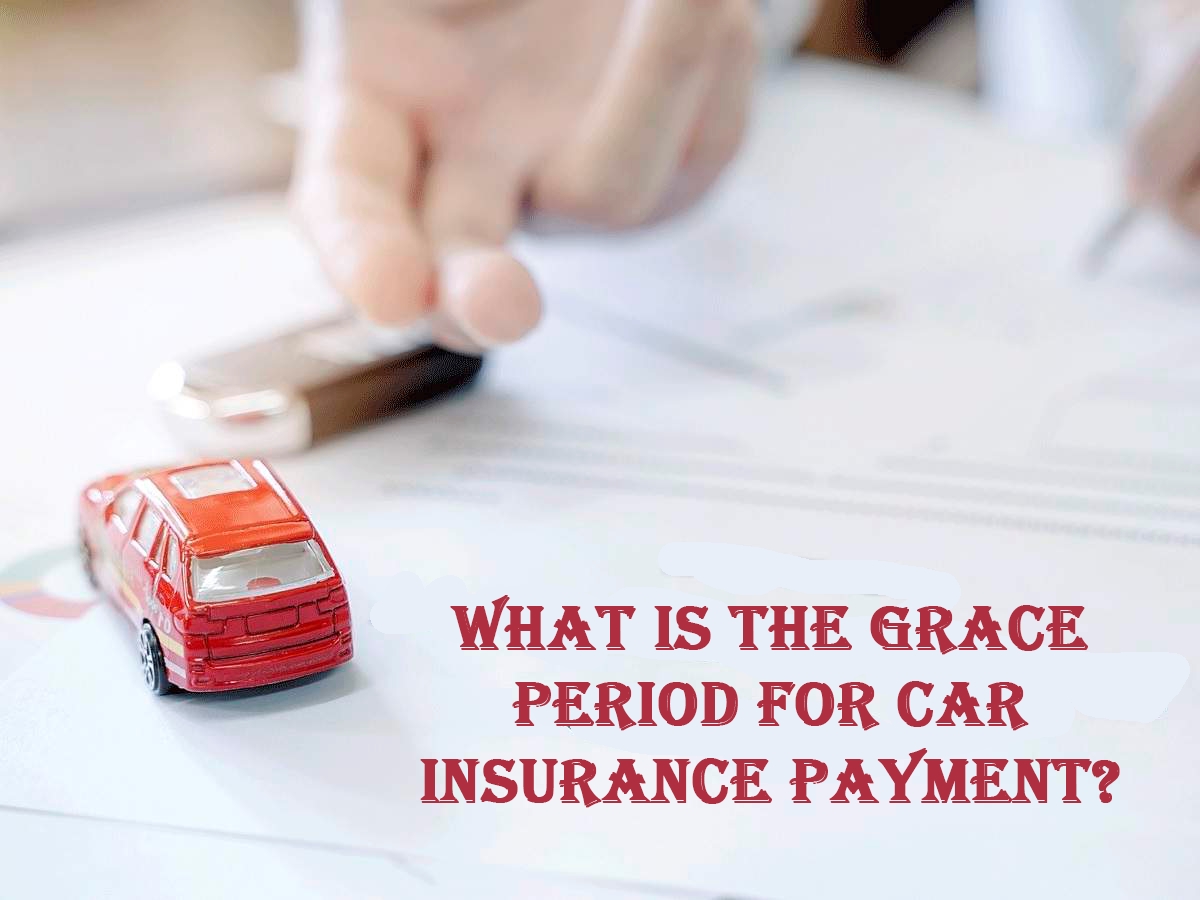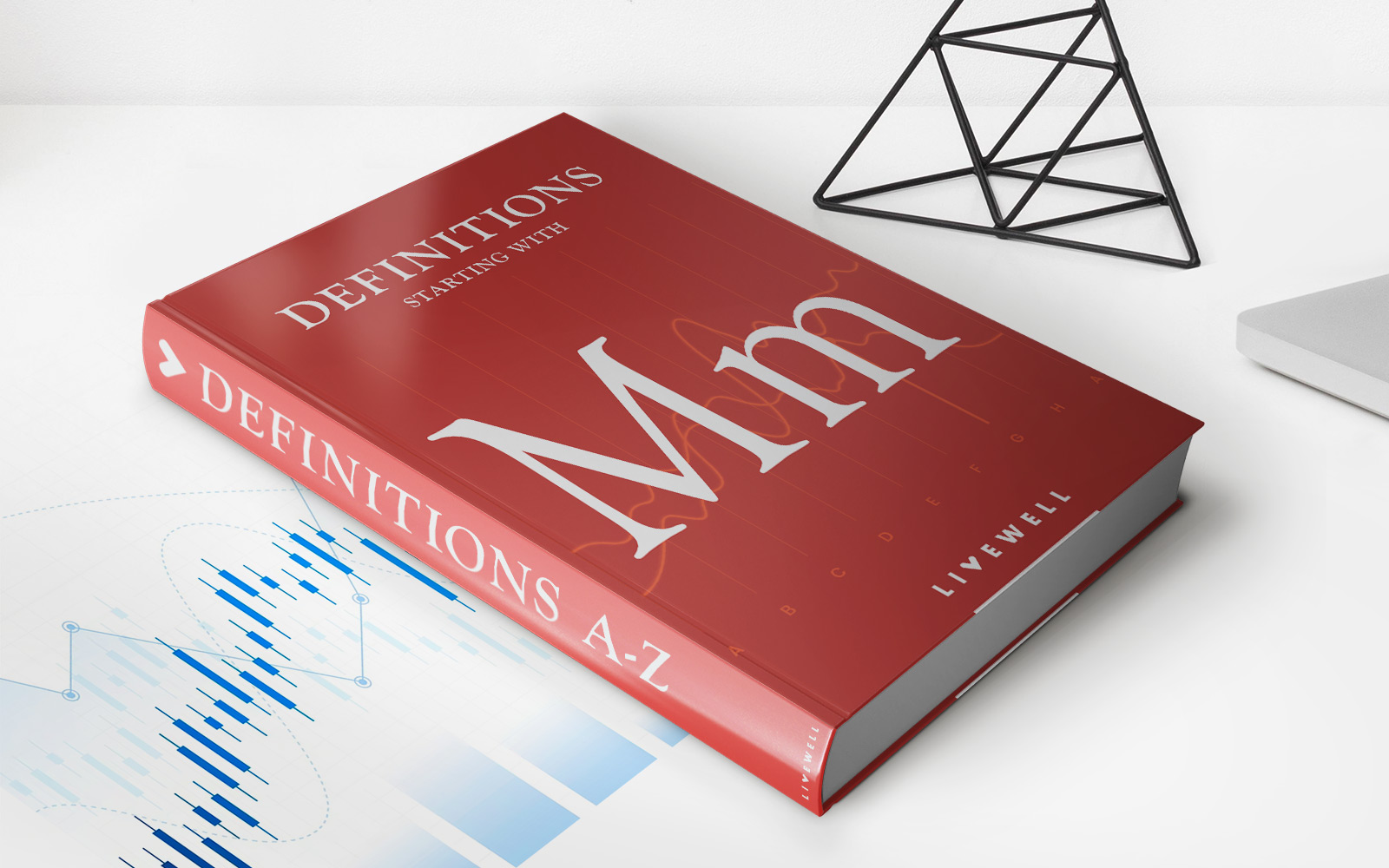

Finance
What Is The Grace Period On A Car Note?
Published: February 20, 2024
Learn about the grace period on car loans and how it affects your finances. Understand the implications and make informed decisions.
(Many of the links in this article redirect to a specific reviewed product. Your purchase of these products through affiliate links helps to generate commission for LiveWell, at no extra cost. Learn more)
Table of Contents
Understanding the Grace Period on a Car Note
Introduction
Purchasing a car is often a significant financial commitment, and for many individuals, obtaining financing through a car note is a common practice. When navigating the realm of car financing, it’s essential to comprehend the concept of a grace period, which can significantly impact the management of car notes. This article aims to demystify the grace period associated with car notes, shedding light on its significance, purpose, and potential consequences.
Navigating the world of car financing can be complex, especially for those unfamiliar with the terminology and intricacies involved. Understanding the concept of a grace period is crucial for anyone with a car note, as it directly impacts the management of payments and the potential ramifications of missed deadlines.
Car notes, also known as auto loans, play a pivotal role in enabling individuals to purchase vehicles by spreading the cost over an extended period. However, the specifics of car financing can vary, and the presence of a grace period adds another layer of complexity. By delving into the intricacies of the grace period, this article aims to equip readers with the knowledge needed to effectively manage their car notes and navigate the potential challenges associated with missed payments.
As we embark on this exploration of the grace period on a car note, it is important to recognize the significance of this concept in the realm of car financing. By gaining a comprehensive understanding of the grace period, individuals can make informed decisions, mitigate the risk of missed payments, and ultimately achieve greater financial stability in their car ownership journey.
Understanding Car Notes
Before delving into the specifics of the grace period, it’s crucial to grasp the fundamental concept of a car note. In essence, a car note, also referred to as an auto loan, is a financial arrangement through which an individual borrows money from a lender to purchase a vehicle. This borrowing is typically repaid over a predetermined period, often in the form of monthly installments that encompass both the principal amount borrowed and the accrued interest.
Car notes serve as a practical solution for individuals seeking to acquire a vehicle without having to pay the entire purchase price upfront. By spreading the cost over an extended period, car notes make vehicle ownership more accessible to a broader demographic. However, it’s important to recognize that the terms and conditions of car notes can vary based on factors such as the borrower’s credit history, the loan amount, and the duration of the loan.
When entering into a car note agreement, borrowers are obligated to adhere to the specified repayment schedule, ensuring that the agreed-upon installments are made in a timely manner. Failure to meet these obligations can result in various repercussions, including penalties, damage to credit scores, and potential repossession of the vehicle.
By comprehending the nature of car notes and the responsibilities they entail, individuals can make informed decisions regarding their vehicle purchases and effectively manage their financial commitments. With this foundational understanding in place, we can now explore the concept of the grace period and its relevance to car notes.
What Is a Grace Period?
A grace period, in the context of a car note, refers to a specified duration after the due date of a payment during which the borrower can submit the payment without incurring late fees or facing other penalties. Essentially, it serves as a brief window of time beyond the due date within which the borrower can fulfill their payment obligations without adverse consequences.
This period is designed to provide borrowers with a degree of flexibility, acknowledging that unforeseen circumstances or logistical challenges may occasionally hinder the timely submission of payments. By offering a grace period, lenders aim to accommodate such situations while still emphasizing the importance of meeting financial obligations in a timely manner.
It’s important to note that the presence of a grace period does not nullify the initial due date of the payment. Instead, it serves as a buffer, allowing borrowers to rectify any delays without facing immediate penalties. The length of the grace period can vary depending on the terms outlined in the car note agreement, and it is crucial for borrowers to familiarize themselves with this aspect to ensure they leverage this opportunity effectively.
Understanding the existence and function of a grace period is pivotal for borrowers, as it can influence their approach to managing car note payments and navigating potential challenges that may arise. By recognizing this aspect of car financing, individuals can leverage the grace period to mitigate the impact of unforeseen circumstances while upholding their commitment to fulfilling their financial responsibilities.
Purpose of a Grace Period
The primary purpose of a grace period within the context of a car note is to provide borrowers with a reasonable timeframe beyond the due date to submit their payments without incurring penalties. This serves as a practical mechanism to accommodate unforeseen challenges or temporary financial constraints that may hinder the timely fulfillment of payment obligations.
By offering a grace period, lenders aim to strike a balance between upholding the importance of timely payments and acknowledging the potential hurdles that borrowers may encounter. This reflects a degree of understanding and flexibility on the part of the lender, recognizing that individuals may face occasional setbacks that impact their ability to meet financial deadlines.
Furthermore, the presence of a grace period aligns with the notion of fostering a positive borrower-lender relationship. It signifies that the lender is willing to extend a degree of leniency within reasonable limits, thereby nurturing a sense of goodwill and cooperation. This can contribute to a more amicable and mutually beneficial dynamic between the borrower and the lender, potentially enhancing the overall experience of managing a car note.
Moreover, the purpose of a grace period extends beyond providing a buffer for individual borrowers. It also serves as a risk management tool for lenders, allowing them to address potential delays in payments without immediately resorting to punitive measures. This strategic approach acknowledges that occasional delays may not necessarily reflect a borrower’s inability or unwillingness to fulfill their obligations, thus avoiding premature escalations that could strain the borrower-lender relationship.
Ultimately, the purpose of a grace period is to foster a balanced and pragmatic approach to managing car note payments. By affording borrowers a brief reprieve beyond the due date, it promotes a sense of understanding and cooperation while mitigating the immediate repercussions of unforeseen challenges. This, in turn, contributes to a more harmonious and sustainable framework for borrowers to navigate their car financing responsibilities.
Length of Grace Periods
The length of the grace period associated with car notes can vary significantly based on the terms outlined in the loan agreement. Typically, grace periods range from a few days to a couple of weeks, providing borrowers with a reasonable window of time to submit their payments after the designated due date.
It’s important for borrowers to meticulously review the specifics of their car note agreement to ascertain the exact duration of the grace period. This information empowers borrowers to strategically plan their payment timelines and leverage the grace period effectively, should the need arise.
Understanding the length of the grace period is crucial for borrowers to avoid inadvertently exceeding this timeframe, as doing so may result in the imposition of late fees or other penalties. By familiarizing themselves with the nuances of the grace period, borrowers can proactively manage their payment schedules and navigate any potential challenges that may affect the timely submission of payments.
Furthermore, the length of the grace period can also influence the overall management of car notes, as it directly impacts the margin of flexibility available to borrowers. A longer grace period provides a more substantial buffer for borrowers to rectify delayed payments, while a shorter grace period necessitates a more prompt response to avoid incurring penalties.
Ultimately, the length of the grace period is a critical factor in the framework of car financing, significantly influencing the dynamics of managing payment deadlines and mitigating the potential consequences of delayed payments. By comprehending this aspect of car notes, borrowers can navigate their financial responsibilities with greater precision and foresight, optimizing their utilization of the grace period to maintain financial stability.
Consequences of Missing Payments
Missing payments on a car note can have a range of adverse consequences that significantly impact the borrower’s financial standing and the status of the loan. Understanding these repercussions is crucial for borrowers to appreciate the gravity of timely payment obligations and the potential ramifications of delinquency.
One immediate consequence of missing payments is the imposition of late fees. When a borrower fails to submit a payment within the specified due date or grace period, the lender may levy late fees, adding to the financial burden associated with the delinquent payment. These fees can accumulate over time, exacerbating the financial strain on the borrower.
Moreover, consistent delinquency in making payments can lead to damage to the borrower’s credit score. Late or missed payments are reported to credit bureaus, impacting the borrower’s creditworthiness and potentially hindering their ability to secure favorable terms for future loans or financial transactions.
Another critical consequence of missing payments is the risk of vehicle repossession. If the delinquency persists and reaches a certain threshold, the lender may initiate repossession proceedings, reclaiming the vehicle due to non-compliance with the loan agreement. This not only results in the loss of the vehicle but also contributes to further financial and logistical challenges for the borrower.
Furthermore, the repercussions of missing payments extend beyond immediate financial penalties. They can also strain the borrower-lender relationship, potentially leading to increased scrutiny, communication, and potential legal actions to recover the outstanding payments. This can create additional stress and complexities for the borrower, further underscoring the importance of meeting payment obligations in a timely manner.
By comprehending the potential consequences of missing payments on a car note, borrowers can appreciate the significance of adhering to the repayment schedule and leveraging the grace period effectively to mitigate the risk of delinquency. This understanding empowers borrowers to proactively manage their financial responsibilities and maintain a favorable standing in their car financing arrangements.
Tips for Managing Car Notes
Effectively managing car notes is essential for maintaining financial stability and upholding the terms of the loan agreement. By implementing strategic approaches, borrowers can navigate their car financing responsibilities with greater confidence and precision. Here are some valuable tips for managing car notes:
- Understand the Terms: Thoroughly review and comprehend the terms of the car note, including the repayment schedule, interest rate, and the specifics of the grace period. This foundational understanding forms the basis for proactive management of the loan.
- Strategize Payment Planning: Create a robust payment plan that aligns with the due dates and the length of the grace period. This may involve setting up reminders, automating payments, or establishing a budget to ensure timely and consistent payments.
- Utilize the Grace Period Wisely: Leverage the grace period judiciously, recognizing it as a valuable buffer for unforeseen circumstances. However, refrain from relying on it excessively, aiming to submit payments within the original due date whenever possible.
- Communicate with the Lender: In the event of potential challenges that may affect payment timelines, maintain open communication with the lender. Discussing any temporary financial constraints or unexpected hurdles can potentially lead to mutually beneficial solutions.
- Monitor Credit and Financial Health: Regularly monitor credit reports and financial indicators to stay informed about the impact of car note payments on credit scores and overall financial well-being. This awareness can facilitate proactive measures to address any issues that may arise.
- Explore Refinancing Options: If feasible, consider exploring refinancing options to potentially secure more favorable terms for the car note. This may involve negotiating lower interest rates or extending the loan duration to alleviate financial pressure.
- Seek Financial Guidance: If navigating car notes becomes challenging, seek guidance from financial advisors or credit counseling services. These professionals can offer tailored insights and strategies to effectively manage car financing responsibilities.
By implementing these proactive measures, borrowers can optimize their approach to managing car notes, mitigating the risk of missed payments, and fostering a more sustainable financial journey in their vehicle ownership experience.
Conclusion
Understanding the intricacies of the grace period on a car note is pivotal for individuals navigating the realm of car financing. By delving into the significance, purpose, and implications of the grace period, borrowers can equip themselves with the knowledge needed to effectively manage their car notes and mitigate the potential challenges associated with missed payments.
Car notes play a fundamental role in enabling individuals to purchase vehicles, and the presence of a grace period adds a layer of flexibility within the framework of repayment. This brief window of time beyond the due date provides borrowers with an opportunity to rectify delayed payments without incurring immediate penalties, underscoring the importance of strategic payment management.
Furthermore, recognizing the potential consequences of missing payments on a car note highlights the gravity of adhering to the repayment schedule and leveraging the grace period judiciously. By comprehending these repercussions, borrowers can proactively navigate their financial responsibilities and maintain a favorable standing in their car financing arrangements.
Implementing strategic approaches, such as understanding the loan terms, strategizing payment planning, and maintaining open communication with the lender, empowers borrowers to effectively manage their car notes and foster financial stability. By leveraging the grace period wisely and exploring refinancing options when feasible, individuals can optimize their approach to car financing and mitigate the risk of delinquency.
Ultimately, the insights provided in this exploration of the grace period on a car note aim to empower individuals to navigate their car financing responsibilities with confidence and precision. By embracing proactive measures and leveraging the grace period as a valuable tool for managing payments, borrowers can cultivate a sustainable and harmonious approach to their vehicle ownership journey.














